Home>Garden Essentials>What Plant Does A Sesame Seed Come From


Garden Essentials
What Plant Does A Sesame Seed Come From
Modified: August 17, 2024
Discover the garden plant that produces sesame seeds. Learn more about the origins of sesame seeds and how to grow them in your own garden.
(Many of the links in this article redirect to a specific reviewed product. Your purchase of these products through affiliate links helps to generate commission for Storables.com, at no extra cost. Learn more)
Introduction
Imagine biting into a warm, freshly baked bun topped with tiny golden seeds. The flavorful crunch and nutty taste are instantly gratifying. Have you ever wondered what those tiny seeds are? They are none other than sesame seeds, originating from the sesame plant. These small but mighty seeds have been enjoyed for centuries and are known for their culinary and medicinal applications.
In this article, we will delve into the fascinating world of sesame seeds, exploring their origins, cultivation, nutritional value, and various uses. Whether you are a gardening enthusiast or simply curious about the plants behind the foods you love, this article will provide you with a comprehensive understanding of sesame seeds.
So, let’s embark on a journey to discover the plant that gives us these delightful and versatile seeds!
Key Takeaways:
- Sesame seeds, originating from the sesame plant, offer a delightful nutty flavor, valuable nutrients, and potential health benefits. They have a rich history in global cuisines and traditional medicine, making them a versatile and esteemed ingredient.
- From their cultivation and harvesting to their diverse culinary and medicinal uses, sesame seeds continue to captivate taste buds and offer a blend of tradition, wellness, and culinary delight. Their tiny size holds a mighty story of cultural significance and nutritional value.
Read more: What Plant Does Sesame Seeds Come From
Sesame Seeds: An Overview
Sesame seeds, scientifically known as Sesamum indicum, are one of the oldest known oilseed crops in the world. These tiny seeds come in different varieties, such as white, black, and brown, and they are well-known for their distinctive nutty flavor and crunchy texture.
Historically, sesame seeds have played a significant role in various cuisines, especially in Asian, Middle Eastern, and African cultures. They are widely used as a topping in baked goods, salads, stir-fries, and even as a key ingredient in popular condiments like tahini and sesame oil.
Beyond their culinary uses, sesame seeds are revered for their health benefits. Packed with essential nutrients, including healthy fats, protein, dietary fiber, and a range of vitamins and minerals, sesame seeds offer a nutritive boost to any diet.
Furthermore, the medicinal properties of sesame seeds have long been recognized in traditional medicine. Ayurveda, the ancient Indian medicinal system, praises sesame seeds for their numerous health-promoting properties, including anti-inflammatory, antioxidant, and anti-cancer effects.
In recent years, scientific research has also shed light on the potential health benefits of sesame seeds, with studies suggesting their role in promoting heart health, managing blood sugar levels, supporting bone health, and even enhancing skin health.
Now that we have an overview of sesame seeds, let’s dig deeper into the plant from which these seeds originate and explore the cultivation and harvesting process.
The Sesame Plant: An Introduction
The sesame plant, Sesamum indicum, is an annual flowering plant that belongs to the Pedaliaceae family. It is native to Africa and is widely cultivated in various regions around the world, including Asia, the Middle East, and South America.
The sesame plant is known for its hardy nature and ability to adapt to diverse environmental conditions. It can grow in areas with high temperatures and low rainfall, making it suitable for cultivation in arid and semi-arid regions.
From a visual standpoint, the sesame plant features sturdy stems that can reach a height of three to six feet. The leaves are typically broad, lance-shaped, and arranged alternately along the stem. The plant also produces bell-shaped flowers that come in various colors, including white, pink, and purple.
One remarkable characteristic of the sesame plant is its ability to self-pollinate. This means that it doesn’t heavily rely on wind or insects for pollination. Instead, the plant’s flowers have both male and female reproductive organs, allowing them to fertilize themselves with ease.
Once the fertilization occurs, the flowers give way to elongated seed pods, which contain the prized sesame seeds. These pods gradually mature and turn brown as the seeds inside ripen.
Sesame plants have a relatively short growing cycle of about 90 to 120 days, depending on the variety and environmental conditions. After reaching maturity, the plants are ready for harvesting.
In the next section, let’s explore the cultivation and harvesting process of sesame plants, uncovering the labor and care that goes into growing these incredible plants.
Cultivation and Harvesting of Sesame Plants
Sesame plants are relatively easy to cultivate and require minimal maintenance compared to other crops. They can thrive in a variety of soil types; however, well-drained sandy loam and clay loam soils are considered ideal for their growth.
The cultivation of sesame plants typically begins with the preparation of the land. Farmers till the soil, removing any weeds or debris that may hinder the growth of the plants. Once the soil is properly prepared, the seeds are sown directly into the ground.
The optimal time for sowing sesame seeds is during the warm season when the soil temperature reaches around 65°F (18°C). This usually occurs after the last frost of the winter season. Sesame seeds should be sown shallowly, with a depth of around 1/2 inch (1.3 cm), as they need exposure to sunlight to germinate effectively.
After sowing, it is essential to water the seeds gently to ensure proper germination. Sesame plants require regular watering during the initial stages of growth to establish strong roots. However, they are surprisingly tolerant of drought conditions once established, thanks to their deep taproots.
Weeding is crucial during the early stages of growth to prevent competition for nutrients and water. Farmers often use hand-weeding techniques or employ herbicides to manage weed growth effectively.
Once the sesame plants reach a height of 12 to 18 inches (30 to 45 cm), they enter the flowering stage. At this point, they require less water. Overwatering during this stage can lead to fungal diseases and affect the quality of the seeds.
As the flowering period progresses, the plant’s seed pods start to develop. These elongated pods contain numerous sesame seeds. The harvesting time varies depending on the desired use of the seeds. For culinary purposes, harvesting typically occurs when the lower leaves start to turn yellow and the pods begin to dry out.
During the harvesting process, farmers either cut the entire plant or selectively strip off the mature seedpods. The harvested plants are left in the field for a short period to dry in the sun. Once they are sufficiently dried, the seeds are separated from the pods through threshing.
After threshing, the seeds are carefully cleaned and stored in a cool, dry place to maintain their quality. They can be used immediately or further processed to produce various sesame-based products.
Now that we have explored the cultivation and harvesting process of sesame plants, let’s delve into the different varieties of sesame seeds that exist worldwide.
Sesame Plant Varieties
The cultivation of sesame plants has given rise to a diverse range of varieties, each with its unique characteristics and uses. Let’s take a look at some of the commonly grown sesame plant varieties around the world:
- White Sesame: This is the most common variety of sesame seeds and is known for its pale color. White sesame seeds have a mild, nutty flavor and are widely used in baking, confectionery, and as a topping for various dishes.
- Black Sesame: Black sesame seeds have a strong, distinct flavor and are widely used in Asian cuisines. They have a slightly bitter taste and are often used in desserts, roasted dishes, and as a garnish for sushi and salad.
- Brown Sesame: Brown sesame seeds have a rich, earthy flavor and are popular in Middle Eastern and Mediterranean cuisines. They are often used in tahini, hummus, and as a topping for bread and pastries.
- Red Sesame: Red sesame seeds are less common and have a deep reddish-brown color. They have a slightly sweeter taste compared to other varieties and are used in traditional Chinese and Japanese cuisines.
- Wild Sesame: Wild sesame is a variety that grows in the wild and is known for its hardiness and resistance to drought. It produces smaller seeds and is often used in traditional herbal medicine.
These are just a few examples of the diverse sesame plant varieties available. Each variety has its distinct flavor profile, culinary uses, and even potential health benefits.
Now that we have explored the different varieties of sesame seeds, let’s delve into the anatomy and characteristics of these tiny yet powerful seeds.
Read more: Where Do Sesame Seeds Come From
Sesame Seeds: Anatomy and Characteristics
Sesame seeds may be small in size, but they are packed with unique characteristics that make them highly sought after in the culinary world. Let’s take a closer look at the anatomy and distinctive features of sesame seeds:
Shape and Size:
Sesame seeds are tiny and have an oval or teardrop shape. They measure about 2-3 millimeters in length and are typically flat on one side and curved on the other.
Color:
Sesame seeds come in various colors, including white, pale yellow, black, brown, and even red. The color variations are mainly due to differences in the seed coat pigmentation.
Texture:
The outermost layer of sesame seeds, known as the seed coat or hull, is smooth and thin. This seed coat protects the inner seed and can be easily removed through processing techniques if desired.
Flavor:
Sesame seeds have a distinctive nutty flavor, which intensifies when the seeds are toasted or roasted. The taste can vary slightly depending on the variety, with black sesame seeds often having a stronger and slightly bitter flavor.
Oil Content:
Sesame seeds contain a relatively high oil content, making them a valuable source of sesame oil. The oil is extracted from the seeds through cold-pressing or traditional methods, and it is commonly used in cooking, salad dressings, and as a flavor enhancer.
Nutritional Composition:
Sesame seeds are packed with essential nutrients. They are an excellent source of healthy fats, including omega-6 fatty acids. They also provide protein, dietary fiber, vitamins, and minerals such as calcium, iron, magnesium, and zinc.
Overall, sesame seeds possess a unique combination of flavor, texture, and nutritional composition, making them a versatile ingredient that adds depth and richness to a wide range of dishes.
In the next section, we will explore the nutritional value of sesame seeds and the health benefits they offer.
Nutritional Value of Sesame Seeds
Sesame seeds are not only delicious but also packed with essential nutrients that contribute to overall health and well-being. Let’s dive into the nutritional composition of sesame seeds:
Macronutrients:
Sesame seeds are a rich source of healthy fats, including monounsaturated and polyunsaturated fats. These fats, particularly omega-6 fatty acids, are beneficial for heart health and help reduce inflammation in the body. Additionally, sesame seeds provide a moderate amount of protein and dietary fiber, which are essential for muscle growth, digestion, and maintaining a healthy weight.
Vitamins:
Sesame seeds are a good source of various vitamins, including vitamin E, vitamin B6, and niacin. Vitamin E is a powerful antioxidant that protects cells from oxidative damage, while B vitamins play a crucial role in energy metabolism and the proper functioning of the nervous system.
Minerals:
Sesame seeds are a treasure trove of minerals, such as calcium, iron, magnesium, phosphorus, and zinc. Calcium plays a vital role in maintaining strong bones and teeth, while iron helps in the production of red blood cells and preventing iron-deficiency anemia. Magnesium is essential for nerve function and muscle contraction, and zinc supports immune function and hormone regulation.
Antioxidants:
Sesame seeds contain a variety of antioxidative compounds, including sesamol, sesamin, and sesamolin. These antioxidants help protect the body against the harmful effects of free radicals, reducing the risk of chronic diseases such as heart disease, cancer, and age-related degenerative conditions.
Phytochemicals:
Phytochemicals are naturally occurring compounds found in plants, and sesame seeds contain several bioactive phytochemicals, including lignans and phytosterols. These compounds have been linked to various health benefits, including reducing cholesterol levels, supporting hormonal balance, and promoting better digestive health.
With their impressive nutritional profile, sesame seeds make a valuable addition to a balanced diet. Including them in your meals or snacks can provide a range of essential nutrients and contribute to overall health and vitality.
Next, we will explore the culinary uses of sesame seeds and how they add flavor and texture to a wide variety of dishes.
Sesame seeds come from the sesame plant, which is a flowering plant in the genus Sesamum. The seeds are harvested from the pods of the plant and are commonly used in cooking and baking.
Culinary Uses of Sesame Seeds
Sesame seeds have been an integral part of various culinary traditions around the world, adding a delightful nutty flavor and a satisfying crunch to a wide range of dishes. Let’s explore the diverse culinary uses of sesame seeds:
Topping and Garnish:
One of the most common uses of sesame seeds is as a topping or garnish. They are sprinkled over bread, rolls, and bagels, adding both visual appeal and a delicious nutty taste. Sesame seeds are also used as a garnish for stir-fries, noodle dishes, salads, and even desserts like cakes and cookies.
Tahini:
Tahini, a paste made from ground sesame seeds, is a staple ingredient in Middle Eastern and Mediterranean cuisines. It is a key component in dishes like hummus, baba ganoush, and tahini sauce. Tahini adds a creamy and rich flavor to these dishes, making them more delicious and satisfying.
Sesame Oil:
Sesame oil, extracted from sesame seeds, is widely used in cooking for its distinct aroma and flavor. It is commonly used in Asian cuisines, particularly in stir-fries, marinades, dressings, and dipping sauces. Just a drizzle of sesame oil can transform a dish and give it an authentic Asian taste.
Snacks and Sweets:
Sesame seeds are featured in a variety of snacks and sweets around the world. In Asian cultures, sesame seeds are often incorporated into rice crackers, candy bars, and sesame snaps. In the Middle East, sesame seeds are used to make halva, a sweet and nutty confection.
Breads and Baked Goods:
Sesame seeds are a popular addition to bread and baked goods. They are sprinkled on top of sandwich buns, baguettes, and pretzels, adding a delightful crunch and enhancing the flavor of the bread. Sesame seeds are also used in cookies, cakes, and pastries, giving them an extra layer of taste and texture.
Sesame seeds can even be ground into a flour-like consistency to create gluten-free alternatives for baking.
Dips and Sauces:
In addition to tahini, sesame seeds are used to create various dips and sauces. In Japanese cuisine, sesame seeds are ground to make goma dressing, a versatile sesame-based sauce. In Chinese cuisine, sesame seeds are a key ingredient in sweet sauces like sesame chicken and dipping sauces like sesame soy sauce.
The culinary uses of sesame seeds are truly diverse and span across different cuisines and dishes. Their unique flavor and texture make them a valuable ingredient that enhances the taste and overall culinary experience.
Next, we will explore the numerous health benefits associated with consuming sesame seeds.
Health Benefits of Sesame Seeds
Beyond their delicious flavor and culinary versatility, sesame seeds offer a range of health benefits. Let’s explore some of the key advantages of incorporating sesame seeds into your diet:
Heart Health:
Sesame seeds are rich in monounsaturated and polyunsaturated fats, including omega-6 fatty acids. These healthy fats help lower LDL cholesterol levels, reduce inflammation, and promote overall heart health. Consuming sesame seeds as part of a balanced diet may contribute to a decreased risk of heart disease and stroke.
Bone Health:
Sesame seeds are an excellent source of calcium, a mineral essential for maintaining strong bones and preventing osteoporosis. Adequate calcium intake, along with other bone-friendly nutrients found in sesame seeds, such as zinc and phosphorus, can help support bone health and reduce the risk of fractures.
Blood Sugar Management:
The high fiber content in sesame seeds, combined with their healthy fat and protein content, can help regulate blood sugar levels. This can play a role in preventing insulin resistance and type 2 diabetes. Additionally, sesame seeds have a low glycemic index, which means they have a minimal impact on blood sugar levels when consumed in moderation.
Antioxidant and Anti-inflammatory Properties:
Sesame seeds contain potent antioxidants and anti-inflammatory compounds, including sesamin and sesamol. These compounds help protect cells from damage caused by free radicals and reduce chronic inflammation in the body. By doing so, sesame seeds may contribute to a lower risk of chronic diseases, such as heart disease, cancer, and arthritis.
Digestive Health:
The dietary fiber present in sesame seeds supports healthy digestion by promoting regular bowel movements, preventing constipation, and nourishing the beneficial gut bacteria. Additionally, sesame seeds contain compounds that have antimicrobial properties and may help promote a healthy balance of gut bacteria.
Skin and Hair Health:
Sesame seeds are rich in vitamin E, a powerful antioxidant that helps protect the skin from oxidative damage and premature aging. The healthy fats and minerals in sesame seeds also support healthy skin and hair, contributing to a radiant complexion and strong, shiny hair.
Mood and Brain Function:
The presence of nutrients like magnesium and certain B vitamins in sesame seeds supports brain health and can positively impact mood and cognitive function. These nutrients are involved in neurotransmitter synthesis and help regulate neurotransmitter activity in the brain.
It’s important to note that while sesame seeds offer numerous health benefits, they should be consumed as part of a well-balanced diet. Moderation is key, as sesame seeds are calorie-dense. Adding a sprinkle of sesame seeds to meals and snacks can be a delicious and beneficial way to incorporate them into your diet.
In the next section, we will explore the historical use of sesame seeds in traditional medicine and their role in modern scientific research.
Read more: Where Does Poppy Seed Come From
Sesame Seeds in Traditional Medicine
Sesame seeds have a long history of use in traditional medicine systems, where they have been praised for their medicinal properties and health benefits. Let’s delve into the role of sesame seeds in traditional medicine:
Ayurveda, the ancient Indian medicinal system, considers sesame seeds to be a valuable medicine. In Ayurvedic practice, sesame seeds are believed to possess numerous healing properties and are used in various forms for different purposes.
In Ayurveda, sesame seeds are regarded as a natural source of warmth and nourishment. They have a sweet and heating energy, making them beneficial for balancing Vata and Kapha doshas. Sesame seeds are traditionally used to support digestion, promote strength and vitality, and nourish the body at a deep level.
One of the most well-known traditional uses of sesame seeds is in the form of sesame oil. Ayurvedic practitioners often use sesame oil for abhyanga, a traditional Ayurvedic self-massage technique. This practice is believed to promote relaxation, improve circulation, and support overall well-being.
Sesame seeds are also used in Ayurvedic formulations and remedies due to their potential medicinal properties. They are believed to have anti-inflammatory effects, support joint health, promote healthy skin, and aid in maintaining healthy cholesterol levels.
Beyond Ayurveda, sesame seeds have also been used in traditional Chinese medicine. In Chinese medicine, sesame seeds are considered to have a warming and tonifying effect on the body. They are used to nourish the blood, strengthen the kidneys, lubricate the intestines, and support overall vitality.
While traditional medicine practices have long recognized the health benefits of sesame seeds, it’s important to note that these uses have not been extensively studied or verified by modern scientific research. However, the historical and cultural significance of sesame seeds in traditional medicine attests to their esteemed status as a medicinal food.
Now, let’s explore the scientific research that sheds light on the potential health benefits of sesame seeds.
Sesame Seeds in Modern Research
In recent years, modern scientific research has begun to uncover the potential health benefits of sesame seeds, further validating their traditional use in promoting well-being. Here are some notable findings from studies exploring the properties of sesame seeds:
Heart Health:
Several studies have suggested that sesame seeds and sesame oil may have a positive impact on heart health. Research indicates that the healthy fats present in sesame seeds, including omega-6 fatty acids, may help lower LDL cholesterol levels and reduce the risk of cardiovascular diseases.
Antioxidant and Anti-inflammatory Effects:
Sesame seeds are rich in antioxidants, such as sesamin and sesamol, which have shown potent free-radical scavenging properties in cellular and animal studies. Additionally, sesame seeds have demonstrated anti-inflammatory effects, potentially contributing to the prevention of chronic inflammation-related diseases.
Blood Sugar Management:
Several studies have explored the effects of sesame seeds on blood sugar control. Evidence suggests that sesame seeds may have beneficial effects on insulin sensitivity, glucose metabolism, and glycemic control, making them a potentially valuable dietary component for individuals with diabetes or prediabetes.
Bone Health:
Research suggests that sesame seeds may play a role in promoting bone health. Sesame seeds are rich in calcium, which is essential for maintaining strong bones. Some studies have shown that regular consumption of sesame seeds may help increase bone mineral density and reduce the risk of osteoporosis.
Potential Anti-cancer Properties:
Early research indicates that sesame seeds may have anti-cancer properties. Sesame lignans, such as sesamin and sesamol, have demonstrated potential in inhibiting the growth and spread of cancer cells in laboratory studies. However, more research is needed to fully understand the mechanisms and potential applications in cancer prevention or treatment.
These are just a few examples of the promising findings from modern research on sesame seeds. Further studies are underway to explore their potential in various areas, including skin health, digestive health, and cognitive function.
It’s important to note that while scientific research provides valuable insights into the potential health benefits of sesame seeds, more research is needed to fully understand their mechanisms of action and specific applications in human health.
Having explored the traditional and modern uses of sesame seeds, let’s now turn our attention to the diverse culinary and medicinal applications of sesame seeds around the world.
Sesame Seeds: Culinary and Medicinal Applications Around the World
Sesame seeds have a rich history of culinary and medicinal applications across various cultures and cuisines worldwide. Let’s explore how sesame seeds are used in different regions:
Asia:
In Asian cuisines, sesame seeds are widely used as a flavor enhancer and garnish. In Japanese cuisine, sesame seeds are sprinkled over rice, sushi, and noodle dishes. In Chinese cuisine, they are used in sauces, stir-fries, and desserts like tangyuan. In Korean cuisine, sesame seeds are a key ingredient in seasonings and marinades.
Middle East:
In Middle Eastern cuisines, sesame seeds take center stage in dishes like hummus, falafel, and tahini. They are used in traditional bread such as pita and are sprinkled over salads and roasted vegetables for added texture and flavor. Additionally, halva, a popular Middle Eastern sweet treat, is made primarily from sesame seeds.
Africa:
In African cuisines, sesame seeds are used in a variety of ways. In Ethiopian cuisine, they are a key component of berbere spice blend. In North African and Sahelian regions, sesame paste is used in dishes like tajine and couscous. Sesame seeds are also used in various stews and sauces throughout the continent.
Latin America:
In Latin American cuisines, sesame seeds are often used in traditional sweets and baked goods. In Mexican cuisine, they are found in treats like alegrías, a type of candy made with popped amaranth seeds and sesame seeds. In South American countries, sesame seeds may be used in pastries and breads, adding a nutty flavor.
Medicinal Applications:
In addition to their culinary uses, sesame seeds have been utilized for their medicinal properties in many cultures. Traditional medicinal systems like Ayurveda and Traditional Chinese Medicine have incorporated sesame seeds into remedies for promoting digestion, supporting joint health, enhancing skin health, and nourishing the body.
It’s worth noting that sesame oil, derived from sesame seeds, is also widely used in traditional medicine practices, such as Ayurvedic massage (abhyanga), oil pulling, and therapeutic oil application for various ailments.
The diverse culinary and medicinal applications of sesame seeds reflect their versatility and esteemed status in global cuisines and traditional healing practices. Whether used as a garnish, ingredient, or source of nourishment, sesame seeds continue to play a significant role in enhancing the flavors and promoting well-being in various cultures.
As we conclude our exploration of sesame seeds, it’s evident that these tiny seeds have much to offer in terms of taste, nutrition, and potential health benefits. Incorporating sesame seeds into your diet can be a flavorful and nutritious way to add a touch of tradition and wellness to your meals.
Conclusion
Sesame seeds, derived from the versatile sesame plant, have a rich history and play a significant role in global culinary traditions and traditional medicine practices. These tiny seeds offer a delightful nutty flavor, a satisfying crunch, and a range of health benefits.
From their cultivation and harvesting to their various culinary uses, sesame seeds have captivated people’s taste buds and offered valuable nutrients. They are a rich source of healthy fats, protein, dietary fiber, vitamins, and minerals that contribute to overall health and well-being.
With their potential to support heart health, promote bone health, aid in blood sugar management, and offer antioxidant and anti-inflammatory properties, sesame seeds have garnered attention from modern scientific research. Although more studies are needed to fully understand their mechanisms of action, the findings thus far validate their traditional use in promoting vitality.
Whether used as a topping, ingredient, or source of oil, sesame seeds have found their way into a wide range of dishes worldwide. From Asian stir-fries and Middle Eastern dips to African stews and Latin American pastries, these seeds add a distinct flavor and texture to each culinary tradition.
Moreover, sesame seeds have long been revered in traditional medicine practices, such as Ayurveda and Traditional Chinese Medicine, for their potential medicinal properties. These seeds have been used to support digestion, promote joint health, nourish the body, and enhance skin health.
As we conclude our exploration of sesame seeds, it’s clear that they offer a blend of culinary delight and potential health benefits. From their humble beginnings in ancient cultures to their widespread use across the globe, sesame seeds continue to showcase their versatility, cultural significance, and valuable contributions to our well-being.
So, the next time you enjoy a sesame seed-topped bun, sprinkle sesame seeds over your salad, or savor a tahini-based dip, take a moment to appreciate the rich history and remarkable qualities of these small but mighty seeds.
Embrace the flavorful crunch, reap the nutritional rewards, and let the story of sesame seeds add an extra dash of fascination to your culinary adventures.
Frequently Asked Questions about What Plant Does A Sesame Seed Come From
Was this page helpful?
At Storables.com, we guarantee accurate and reliable information. Our content, validated by Expert Board Contributors, is crafted following stringent Editorial Policies. We're committed to providing you with well-researched, expert-backed insights for all your informational needs.
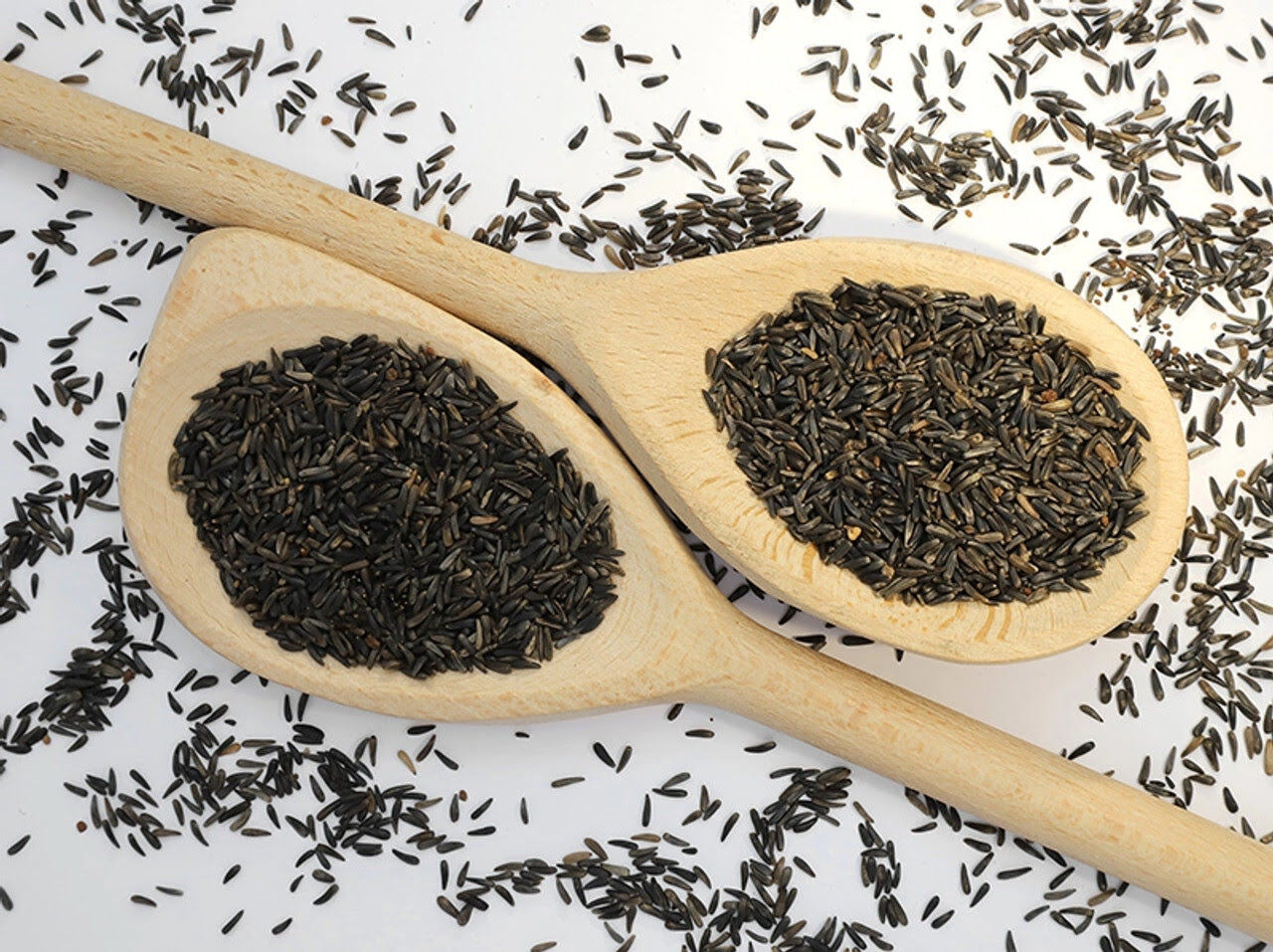
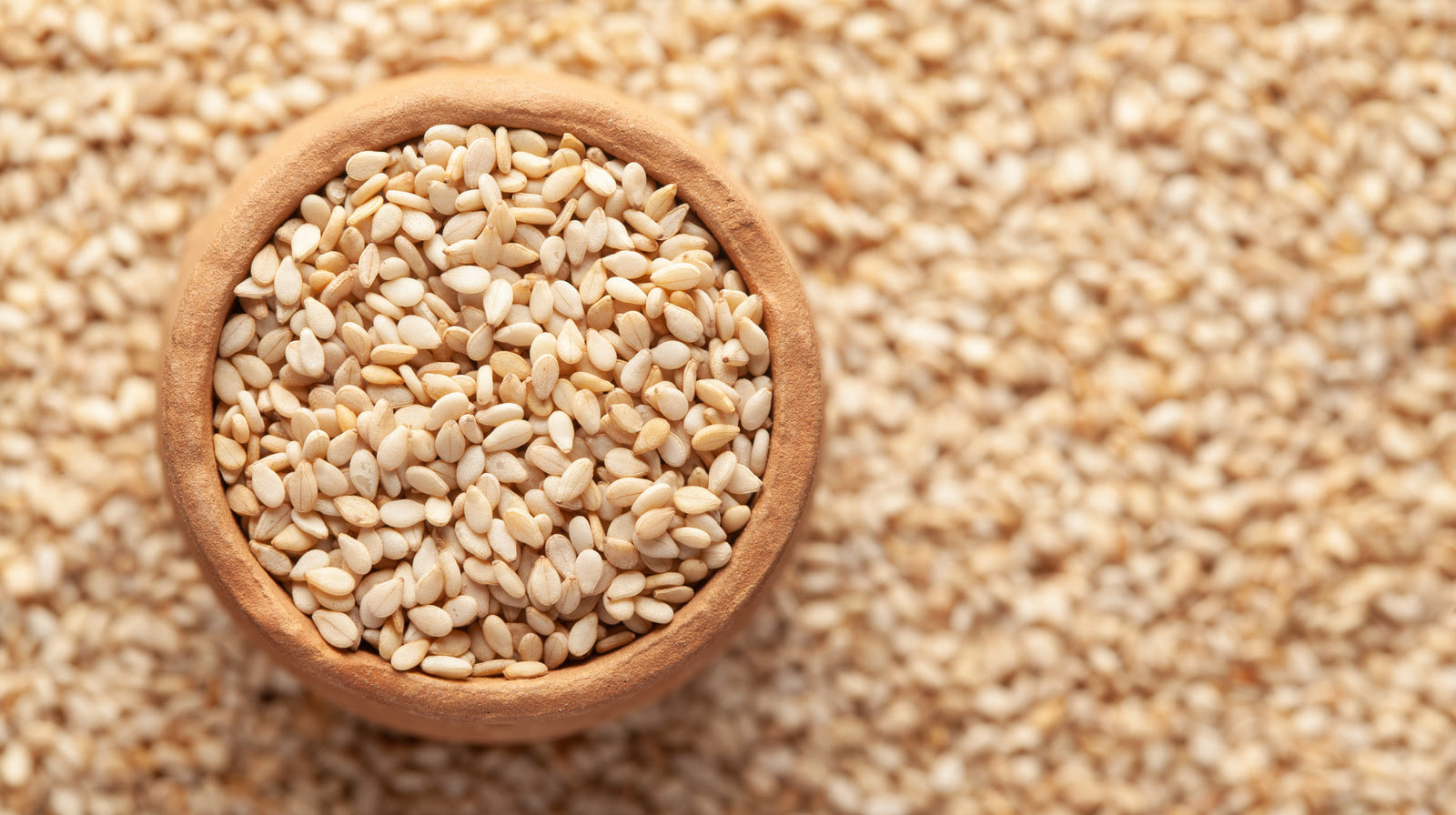
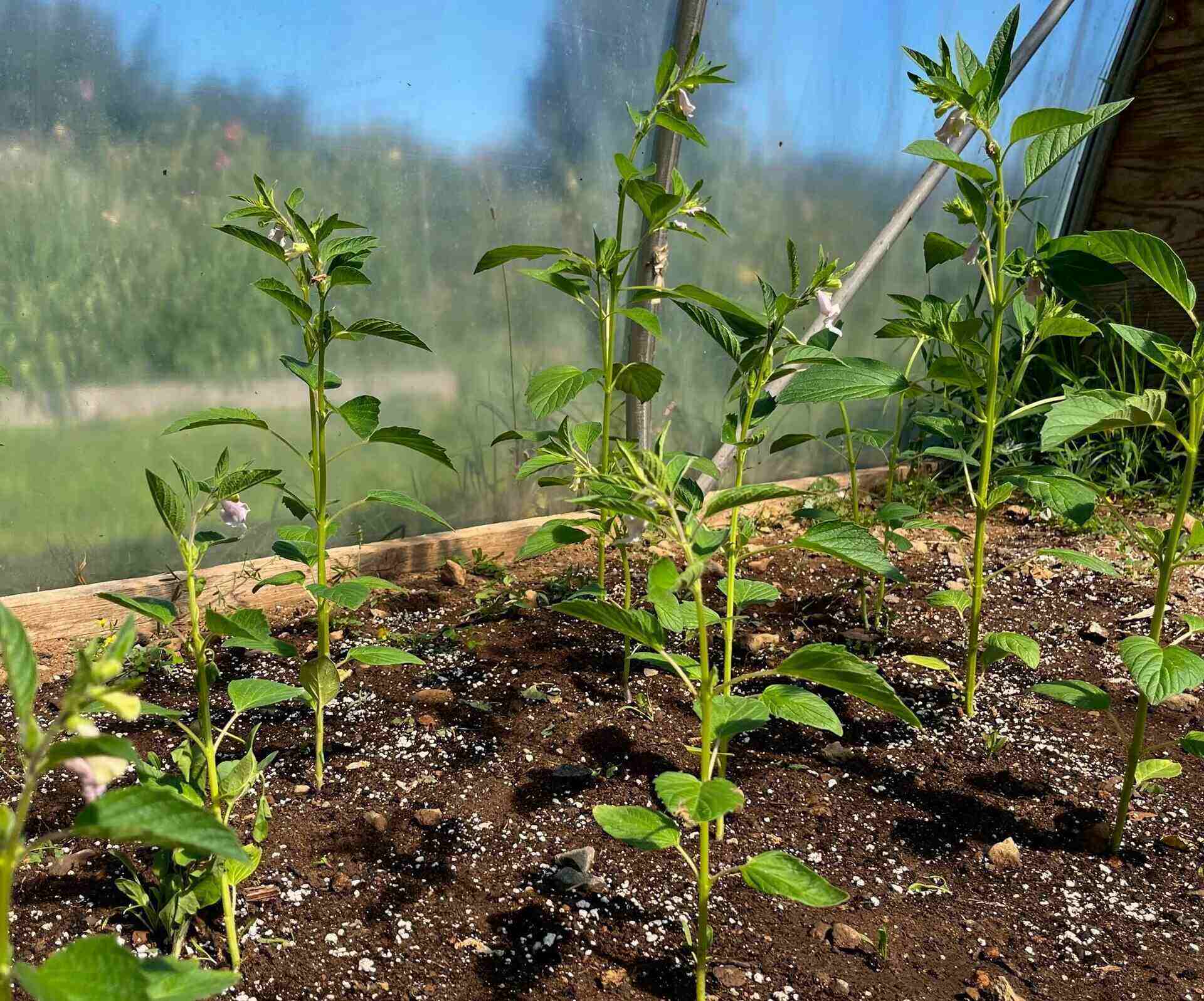
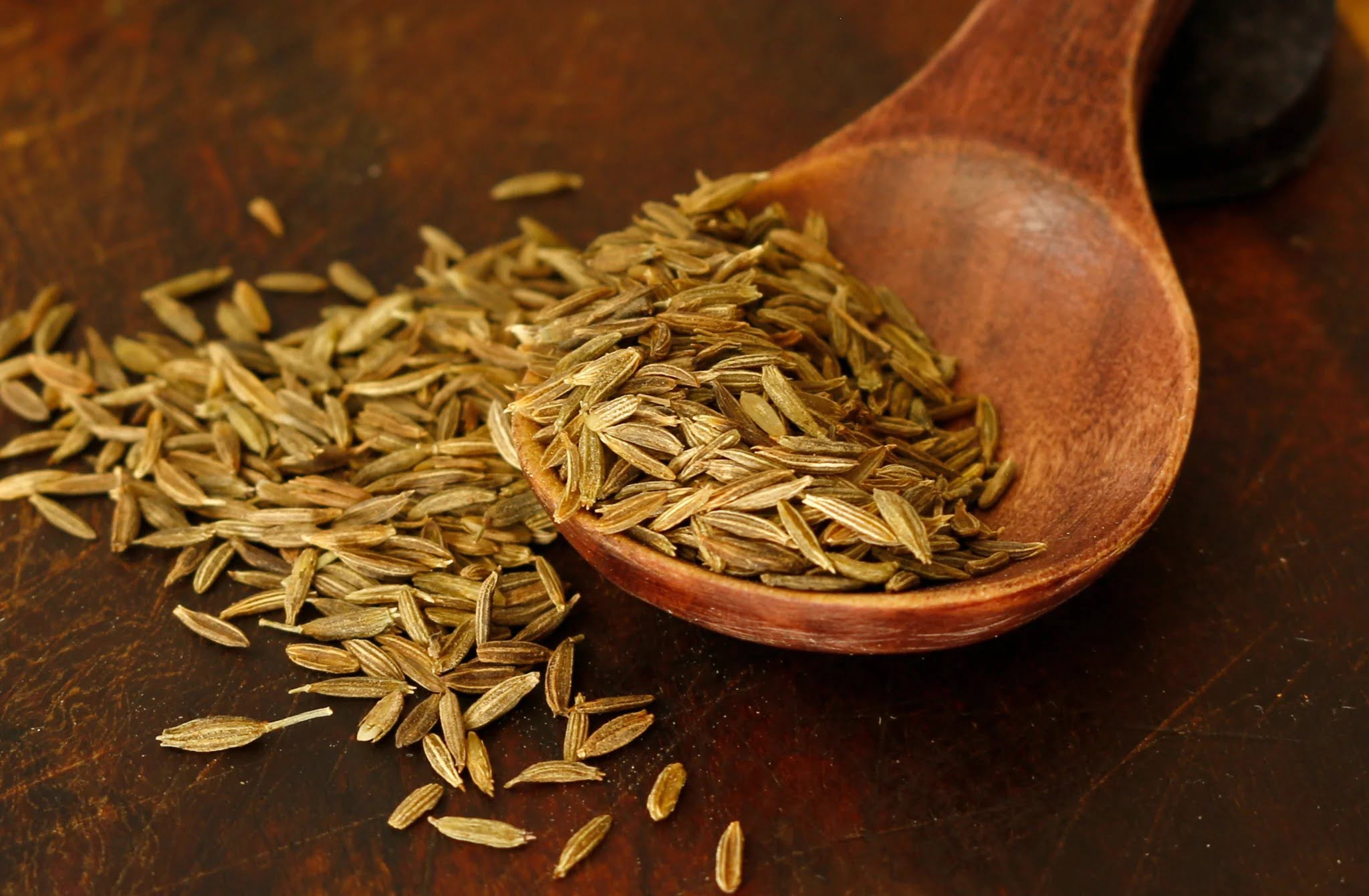
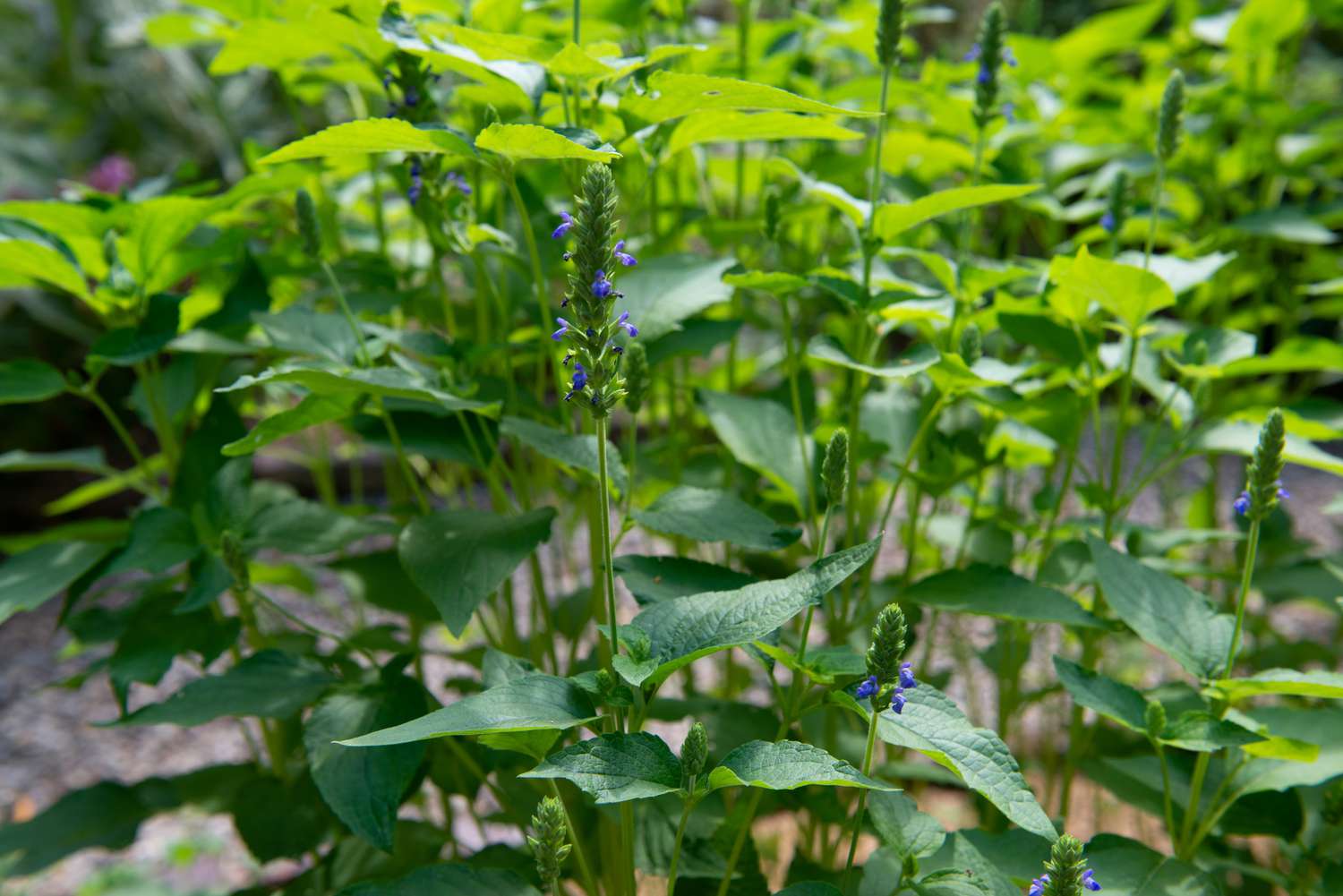
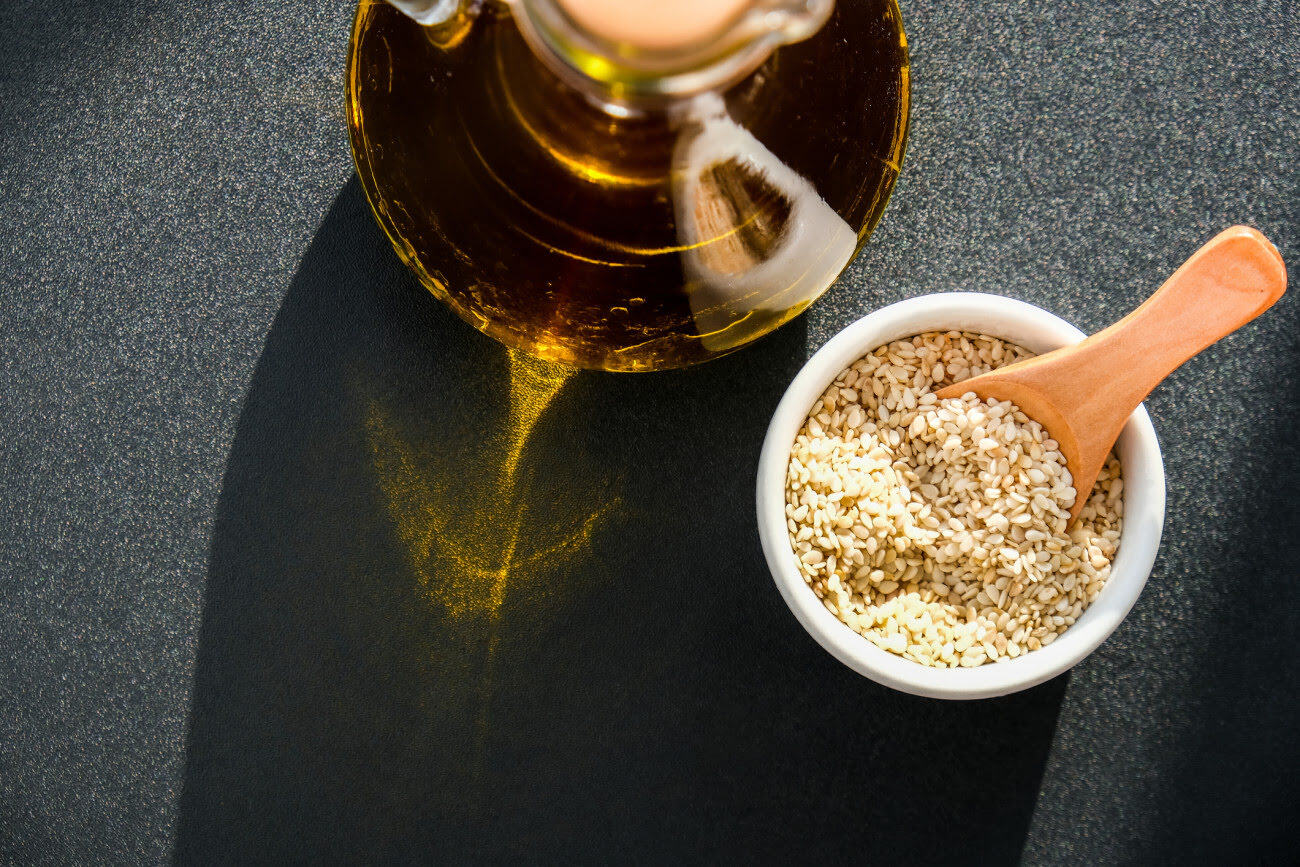
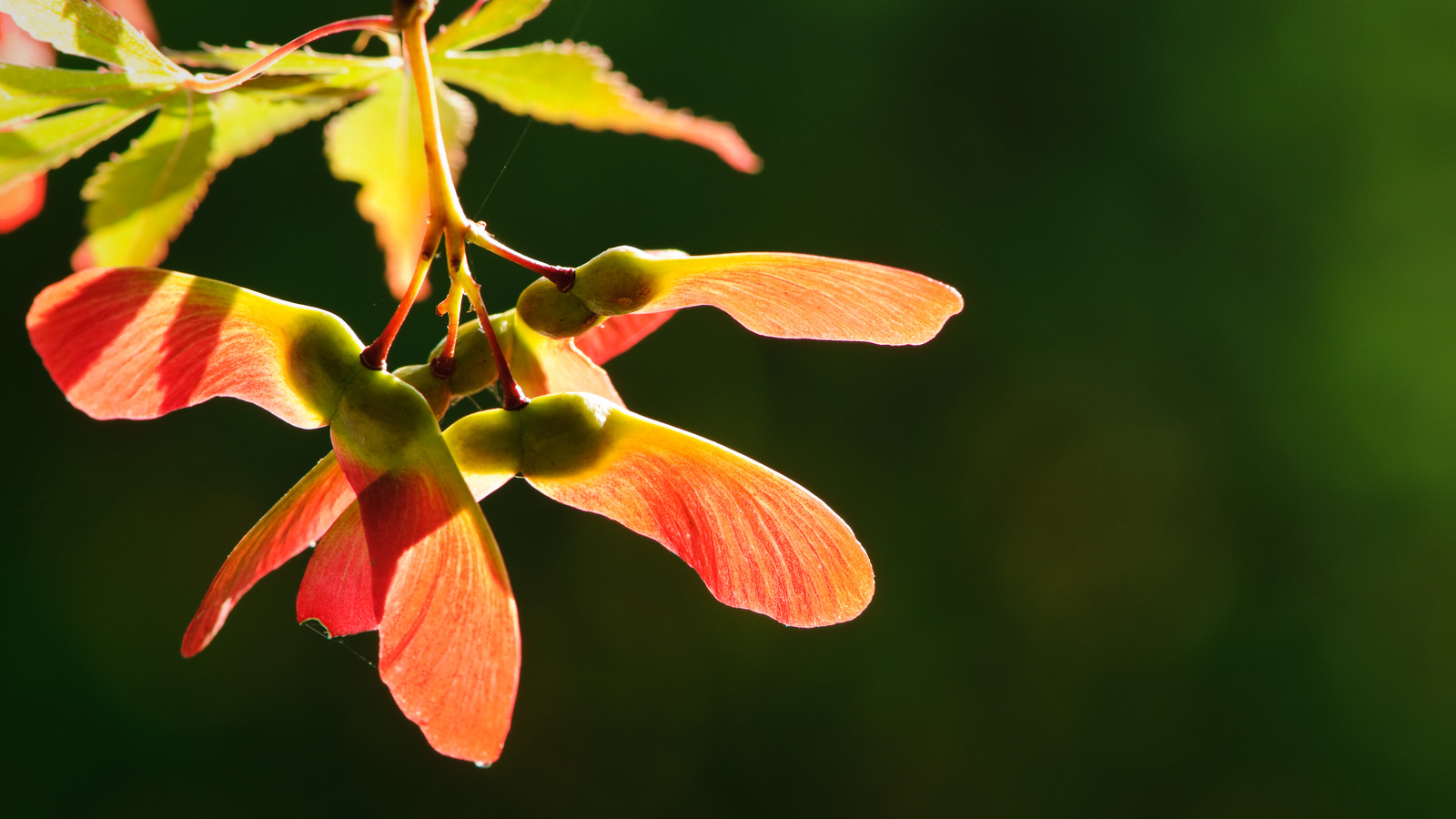

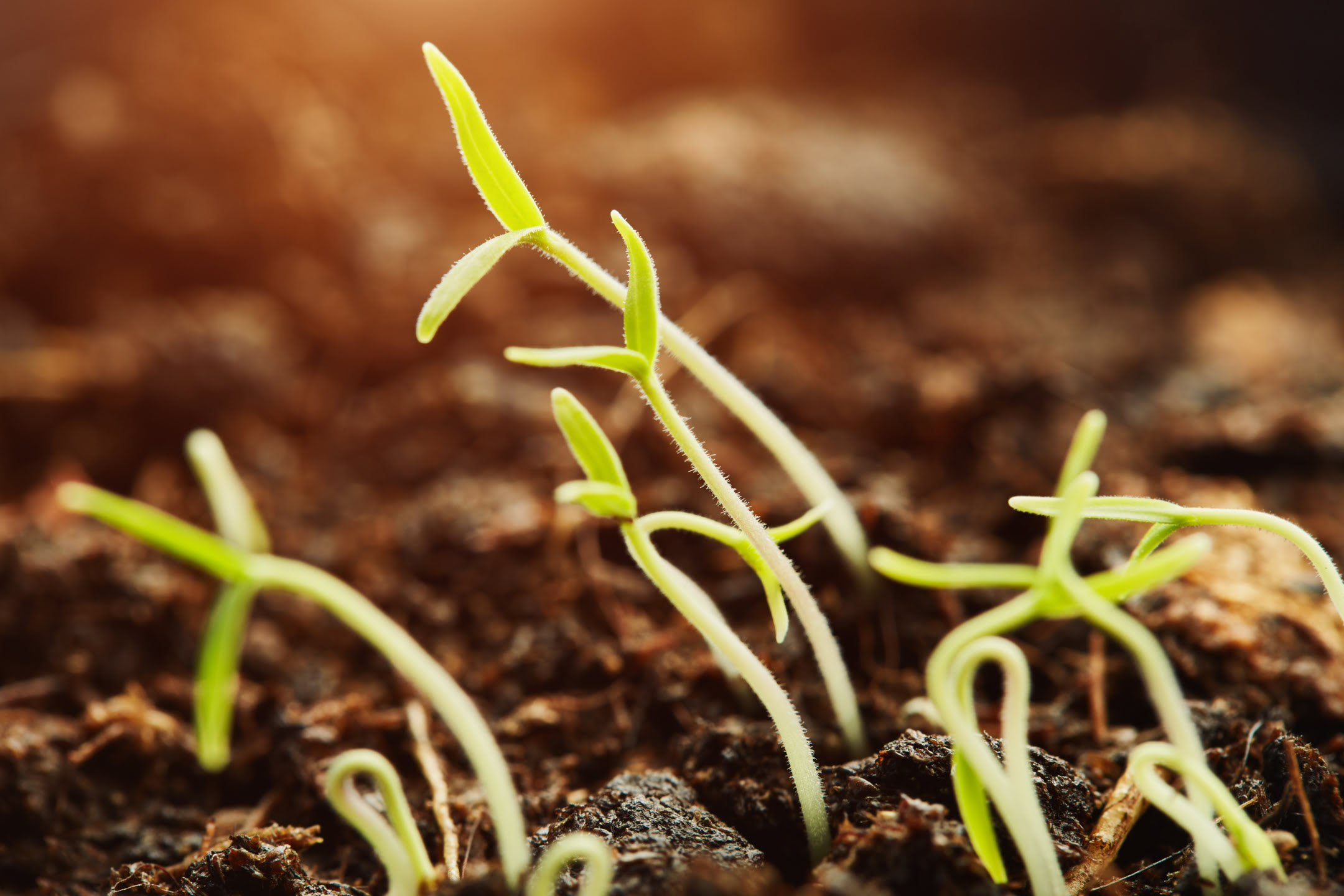
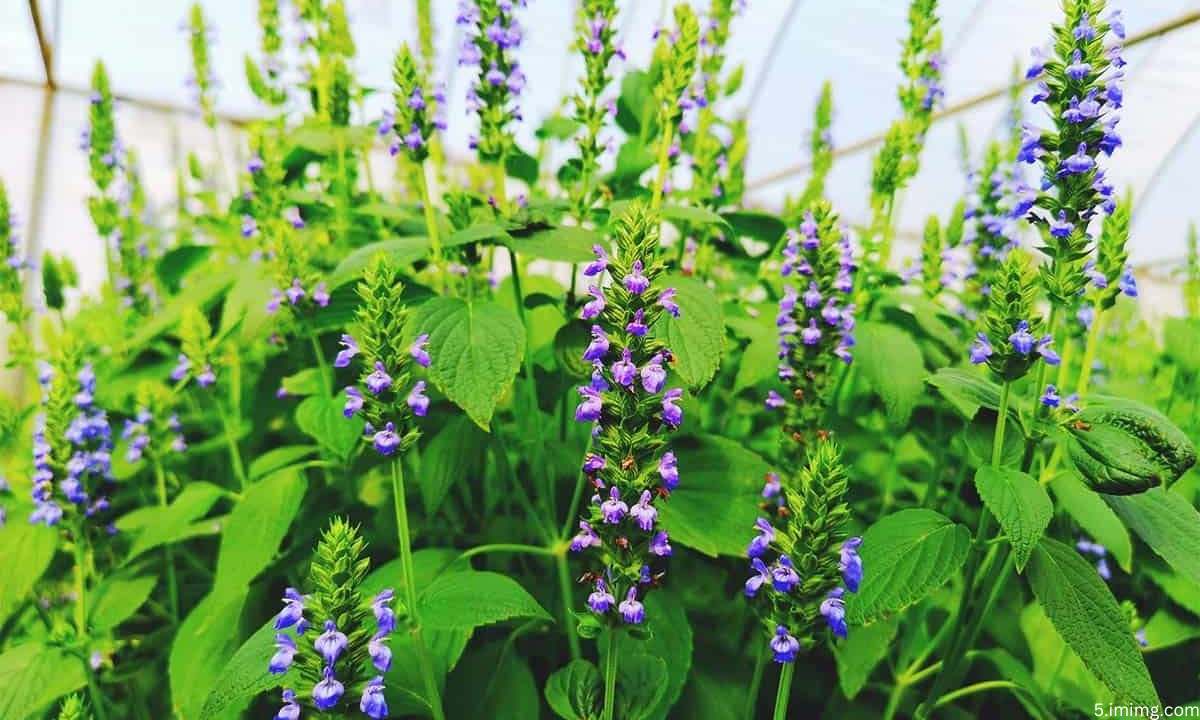
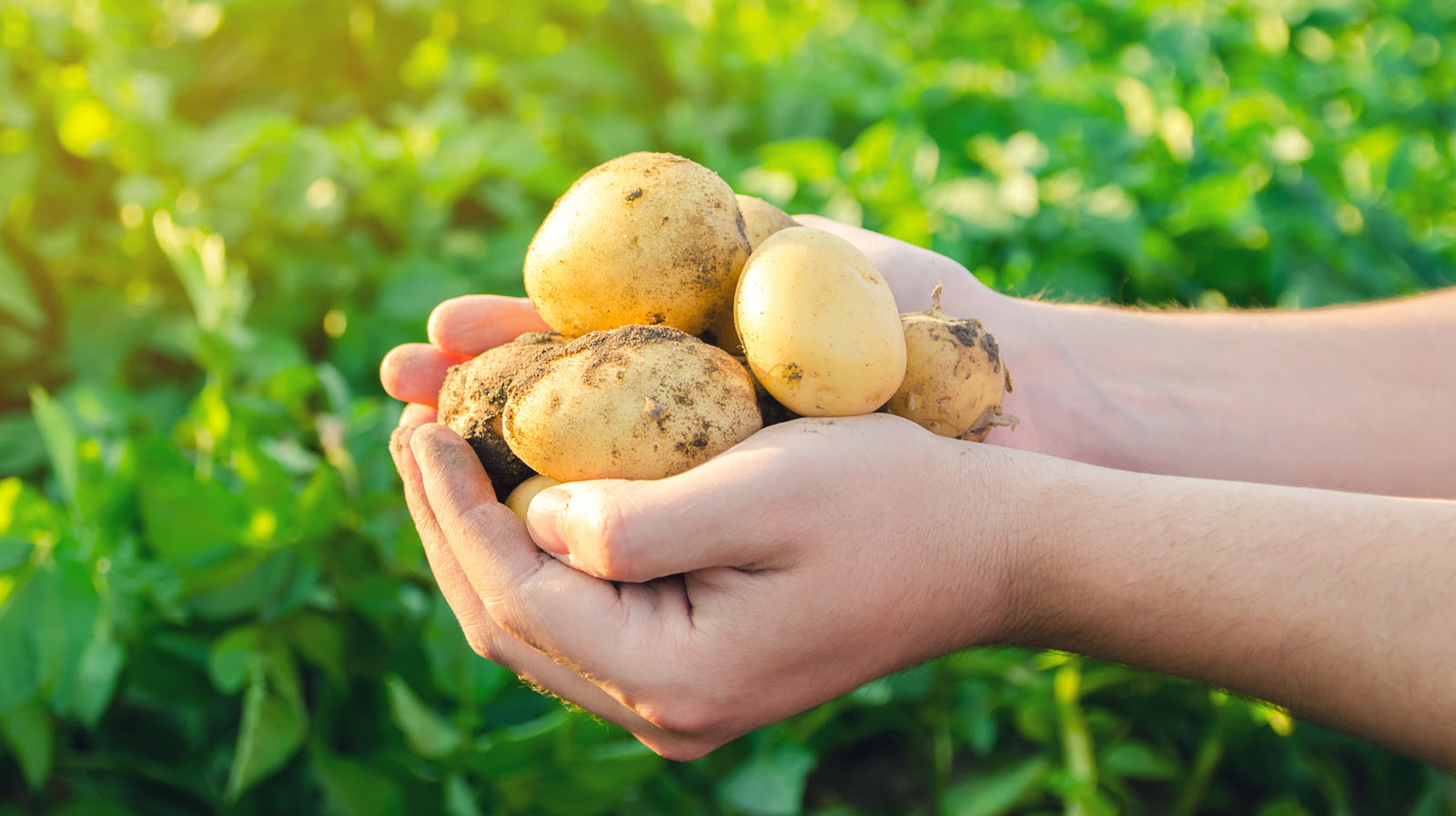



0 thoughts on “What Plant Does A Sesame Seed Come From”